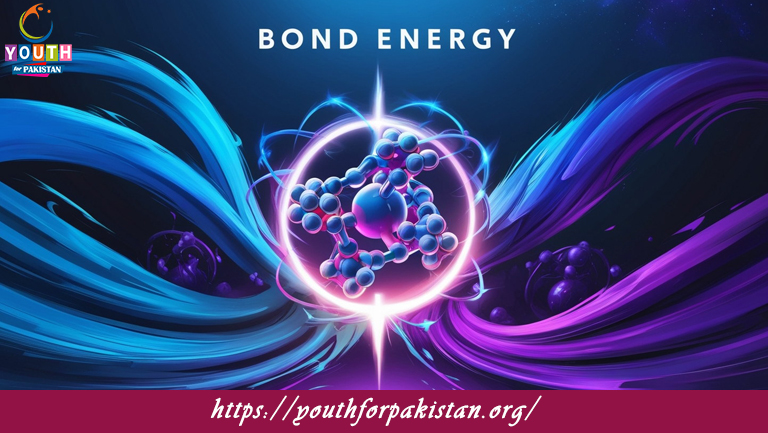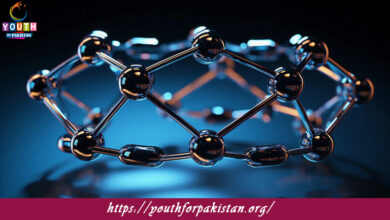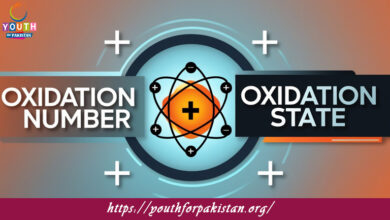Bond Energy MDCAT Quiz with Answers

Bond Energy MDCAT Quiz: break a bond in a molecule or the energy released when a bond is formed. The concept of bond energy is very vital in understanding the stability of molecules and the energy changes that take place in any chemical reaction. It contributes much to predicting the heat of reaction and thus answers many questions from the MDCAT Quiz, especially those on chemical reactions and molecular stability.
H2: Trends in Bond Energy
Bond energy typically increases as you move across a period from left to right in the periodic table. This is because atoms in this direction tend to form stronger bonds due to the increased nuclear charge, which attracts electrons more strongly, making the bond more stable and requiring more energy to break it. Conversely, as you move down a group, bond energy decreases. The increased atomic radius and shielding effect reduce the bond strength, requiring less energy to break the bonds. For example, the bond energy of the hydrogen-hydrogen bond is higher than that of the cesium-cesium bond, as the latter involves larger atoms with weaker interactions between electrons and nuclei.
H3: Quiz on Bond Energy
MDCAT Quiz: The bond energy quiz will test the student’s capability to make the right predictions of bond energies and calculation of the same, as well as their connection with the stability of a molecule. It will give special emphasis on the changes in energy associated with bond formation and bond-breaking processes, and how bond energy is linked with the enthalpies of the reaction. The students may be asked to find out the heat of reaction with the help of bond energies or explain how the strength of a bond influences reaction rates and equilibrium. Practicing these questions would give students a thorough understanding of bond energy in preparation for the MDCAT exam.
H3: Free Flashcard for Bond Energy
To better understand bond energy, MDCAT students can refer to the Free Flashcard on this very topic. The flashcards summarize the main ideas of key concepts: what bond energy is, the trends of bond energy across the periodic table, and how bond energy is useful in the calculation of reaction energy. Reviewing these flashcards regularly will help students recall important information and, therefore, enhance their problem-solving skills. This would be an ideal tool to reinforce the concept of bond energy and make the students well-prepared for any questions related to this topic in the MDCAT exam.

The bond energy for a bond between two identical atoms is calculated using the ________ bond dissociation.
average

In a reaction, the total bond energy of the products is compared to the ________ of the reactants.
total energy
Experience the real exam environment with our expertly designed collection of over 25,000 MCQs MDCAT Mock Tests.





